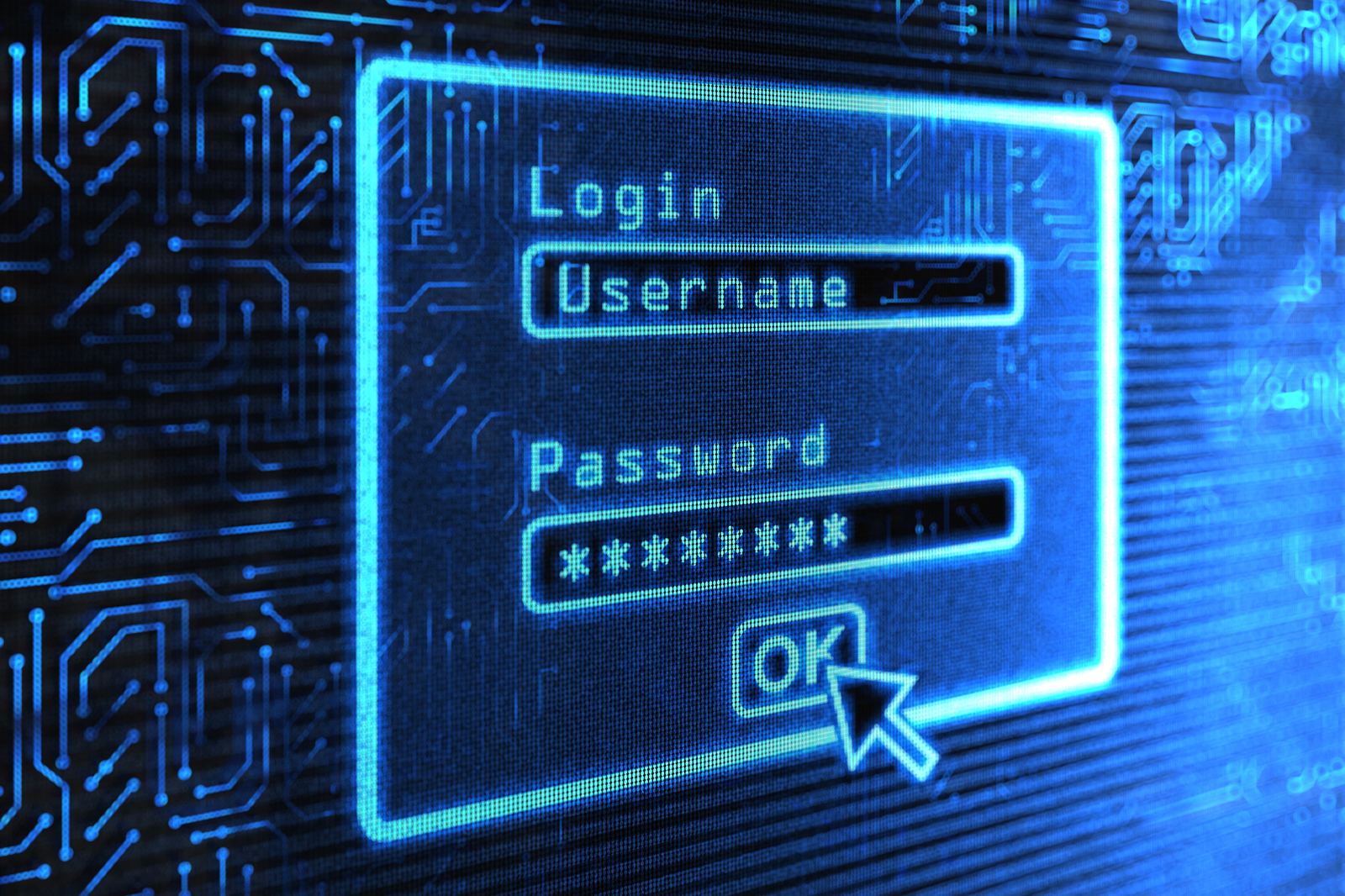When it comes to your security, you know what’s at stake. Critical applications and proprietary data. not to mention customer and staff information must all be protected.
Now that’s no easy job, especially if you haven’t a system in place to begin with. What’s even more complicated is when you have to make it easy for many users to access those same sensitive resources and information. Many aren’t as well-versed in the threats and the damage a breach can cause as you are.
You know your challenges all too well, and so do the bad guys too.
You are no longer bound by a traditional perimeter. And your users, they’ve grown accustomed to being able to get what they want, when they want it and from wherever they are—whether that’s a software fix or a sugar-free latte.
From your users’ perspective, they resent that they need to generate and manage potentially hundreds of passwords. At the same time, your security is at risk because your users’ password fatigue is causing them to resort to risky practices like reusing passwords or choosing weak ones that are easy for them to remember—and equally easy for hackers to guess.
You might feel like there’s just no winning. And it’s true that you face a tough balancing act. On the one hand, you must safeguard your resources, and at the same time, you must make them easily accessible to a growing number of users and their devices
Single Sign-on Helps You Outsmart the Bad Guys!
Single sign-on (SSO) eliminates the need for individual passwords for each account and replaces them with a single set of corporate credentials.
With all the time you save, you can focus on tasks, like onboarding and developing new applications. Some SSO solutions even make adding and removing access for users a snap. If you’re manually provisioning and de-provisioning users today, you know what a drain this is on your time and resources. SSO can enable automated provisioning and deprovisioning of users, and provide centralized authentication and control over user management.
When you add it all up, SSO delivers an incredible return on investment. It delivers a simpler and more convenient user experience, while also strengthening security. And it lowers your IT costs at the same time. It may even sound too good to be true.

Is One Password Really Stronger than Several?
As a thorough decision maker, you’re smart enough to weigh your options. When considering whether to SSO or not to SSO, you may question if a single password is a good thing. I mean, if it only takes one password to give your users access, doesn’t the same apply to bad actors? Not really, and there are a couple reasons why.
First, by needing to create only one password, your users are already implementing one of the strongest and best password practices: avoiding password reuse. As discussed earlier, the more passwords you require, the more opportunities there are for hackers to exploit. Furthermore, your users are more likely to create strong passwords when they have to create just one instead of many.
A contextual MFA solution in combination with SSO allows you to apply authentication policies based on context, such as the risk of the action being taken or the sensitivity of the resource being accessed. You can use ABAC policies or variables like IP address and web session attributes to further ensure users are who they claim to be before approving certain actions or access.
Build a Secure Foundation with Single Sign-on
Implementing SSO is a great first step in safeguarding your enterprise against cybercriminals. Single sign-on decreases your attack surface by dramatically reducing the number of passwords for each user. When you start with SSO, you not only provide a stronger security posture for your enterprise, you give your users the convenient and streamlined access they expect.


















